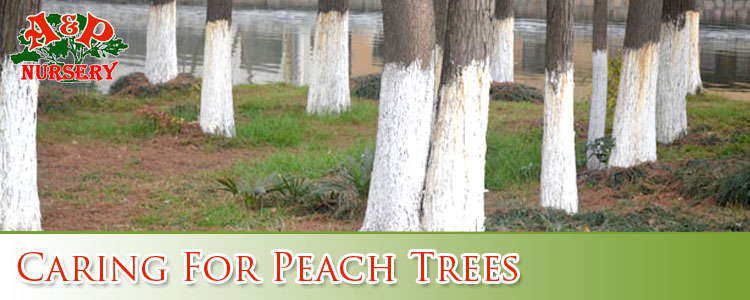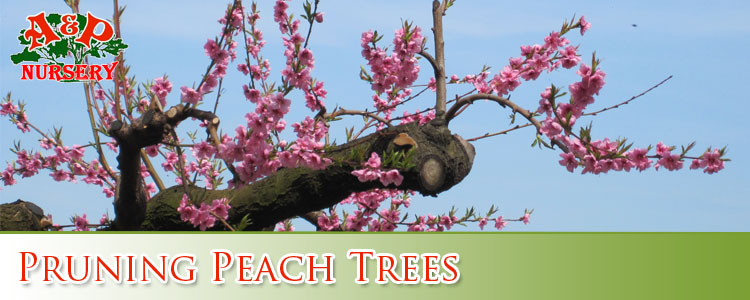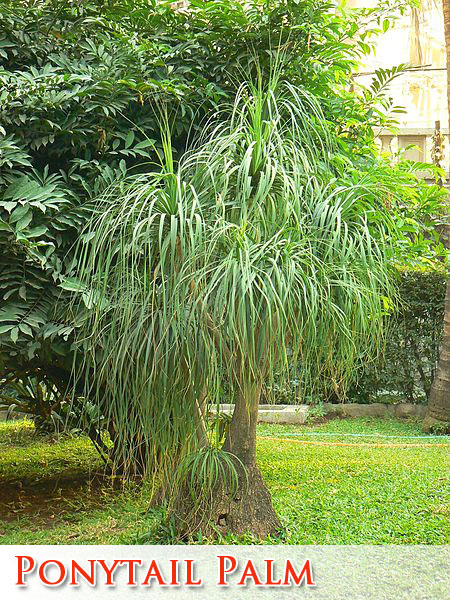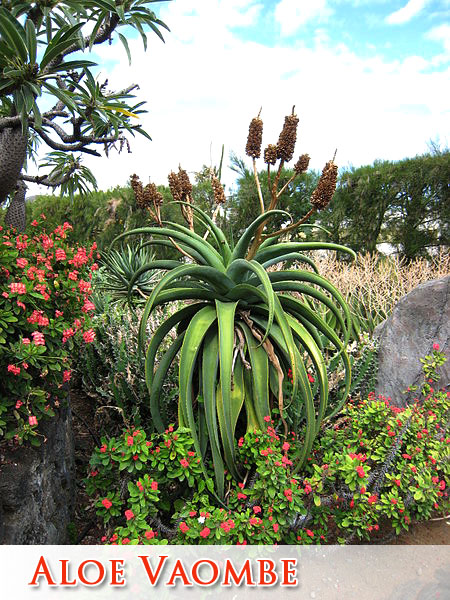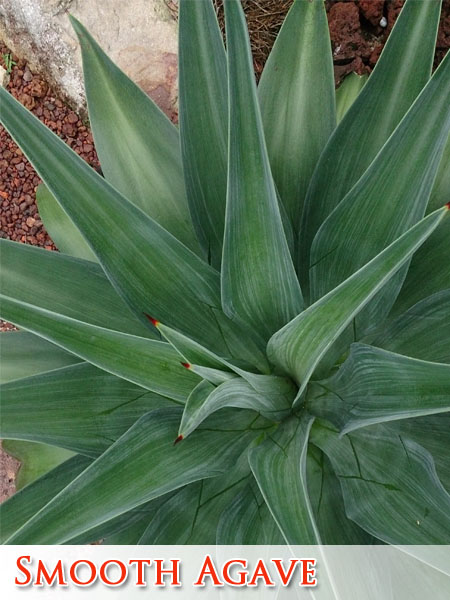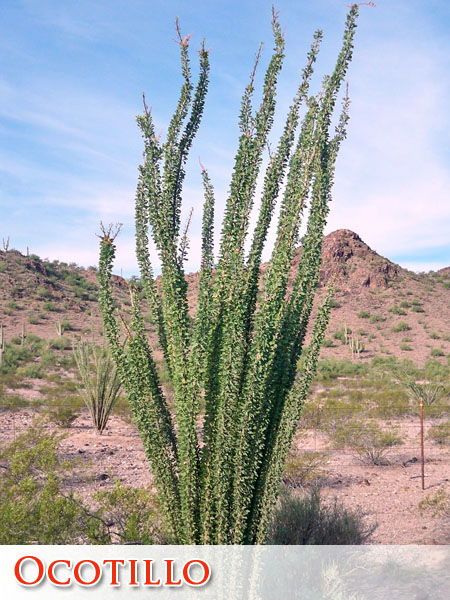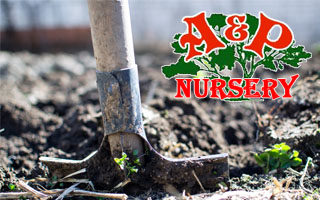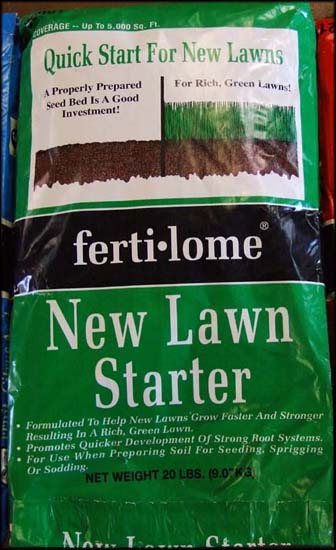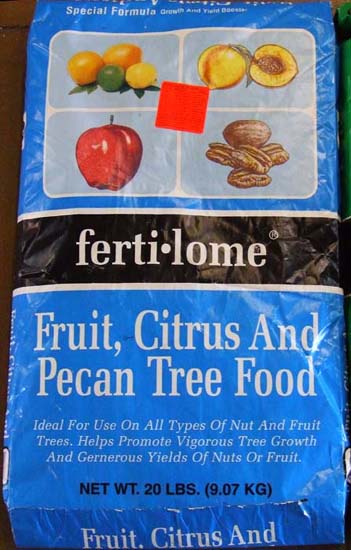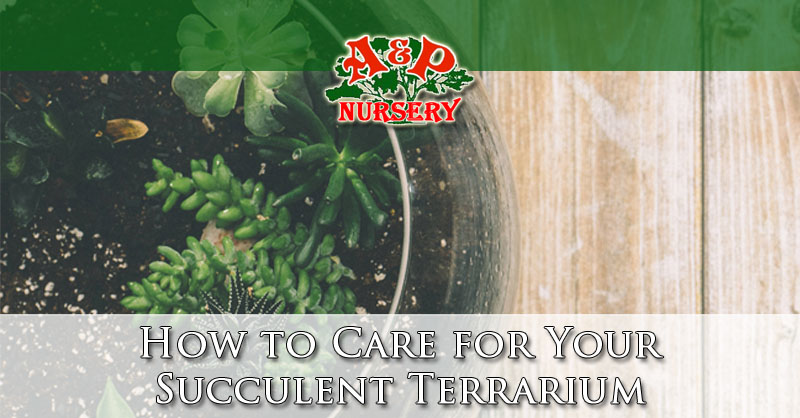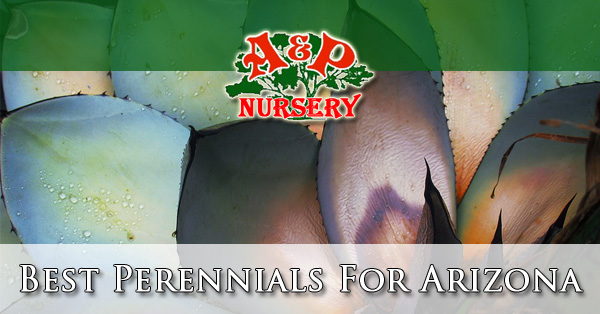If you are interested in growing a cherry tree in Arizona, this post is for you! Some people love the flavor or cherries; others enjoy the wonderful display each spring when they blossom. This guide is for everyone who wants to grow a cherry tree in the heat and dry of Arizona. We’ll also talk about ways to use your cherries and get the most out of your fruit so none goes to waste.
In This Post:
- Planting A Cherry Tree In Your Backyard
- Unique Ways To Use Your Cherries
- Buying & Planting Your Cherry Tree
Where Cherry Trees Come From
Less is known about precisely where cherry trees came from. Some records indicate that they originated in Asia Minor. Other historical records point to Roman and Greek cultures. But could have just as easily started in either area and traveled the Silk Road and spread between the geographical regions.
Two Main Types of Cherries
There are two main types of cherries that are eaten or used for cooking. These are Sweet Cherries and Sour Cherries.
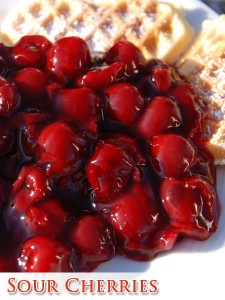
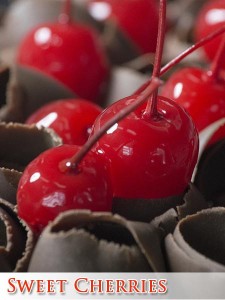
Sweet Cherries are typically the ones you see in your local grocer. With a rich, thick, and near plumb like texture they are something that people can eat raw. Most of the sweet cherry trees are self-sterile. This means that they cannot pollinate themselves. Because of this to have a successful cherry tree you need to have 2 or 3 of them. Unless some of your neighbors already have one, then you know that insects will cross pollinate your tree.
Planting A Cherry Tree In Your Backyard
You can choose to have your local nursery come and plant your Cherry Tree, or you can dig right in and plant it yourself.
Choosing A Site For Your Cherry Tree
You’re going to want to look at the topography of your property. Make sure you don’t choose to plant a cherry tree in the lower section of the yard or anywhere where cold air would settle. Cherry trees grow best when they have a well draining soil, good air circulation and lots of sun. So stay away from buildings or excessive shade.
Growing More Than One Cherry Tree
With the sweet cherry tree you might seriously consider planting more than one so you get the fruit pollinated. Whether you choose to plant sour or sweet cherry trees consider spacing between your trees. Make sure that you have a minimum of 20 feet between sour cherry trees. You’ll never at least 35 feet between sweet cherry trees.
Planting Your Cherry Tree
It’s best to plant cherry trees in the early spring. You’ll want to start with making a mound of soil in the hole you’ve dug. Then set the cherry tree into the hole with the bare-roots resting on the mound. Then gently spread the roots down into the mound of soil without breaking or harshly bending them. You can figure out how deep the tree was planted before being sold by finding the area where the bark changes color. The bark will transition from light to dark.
Watering Your Cherry Tree
Your newly planted cherry tree should only need water once a week. Unless it is exceptionally hot. The extra leaves a tree grows during summer require extra moisture in your tree, and you should deliver it at ground level, directly to the soil. As your tree matures the waterings will be less about keeping the tree alive and more about producing the best quality and size of cherries. If you end up in a drought, keeping up with weekly waterings will help you get the most out of your cherry tree.
Fertilizing Your Cherry Tree
If your tree has had consistent average growth of over 8 inches or more you don’t need to fertilize. If your growth is under that you can get some nitrogen rich fertilizer. Measure your cherry tree a foot off the ground and apply 1/8th of a pound of nitrogen per each inch of trunk diameter.
Pruning Your Cherry Tree
Pruning is a necessary step in growing any kind of fruit on a tree. Getting a beautiful looking tree that produces the best quality and highest quantity is done with careful pruning. For sweet cherry trees you need to make sure to have them trimmed just after you pick the fruit, in late summer. This is because they are susceptible to bacterial and fungal diseases. Sour cherry trees should be pruned during winter when they are dormant.
Cherry Tree Pruning Specifics
The goal for mature trees, 3 years of being planted or more, is to create an open, well balanced, manageable tree. You’ll want to encourage growth around this juncture to make the tree spread out some. Divert nutrients to the growth of it’s width by trimming vertical shoots and starts.
For newly planted cherry trees spring can be a good time to train their shape. The shape that helps maximize sun light and therefore fruit production is an open vase like shape. This means thinning out the center area and encouraging the limbs to grow upwards and allow sun to hit both sides of the limbs.
Unique Ways To Use Your Cherries
Cherry Ice Cream – About the time the cherries are ready in Mesa it’s nine kinds of hot. A great way to use your cherries and beat the heat is to make some homemade ice cream with them. Using a mixture of milk, cream, sugar and your cherries, you can make a bunch of different great combination flavor recipes. The internet is rich with different options.
Cherry Cream Coffee Cake – Use your own homegrown cherries that are going to be fresher than anything in any store you find. There are loads of recipes available online to incorporate the wonderful flavor of cherry into your coffee cake. Impress your guests or just make you and your family a unique treat with your own cherries.
Cherry Margaritas – For a wonderful after work adult treat you can make a cherry margarita. With a simple blend of lime juice, water, and sugar you have your margarita mix base. For the cherry part of it you want to mix that with 2 dozen cherries, tequila, and orange liqueur. With the sugar melted into your mix and cherries pitted you blend it all together and then strain it over some ice.

Buying & Planting Your Cherry Tree
If you’re ready to choose and have a pomegranate planted at your home in Mesa, Gilbert, Queen Creek, or anywhere else in the Phoenix Valley; contact the knowledgeable and helpful folks at your local A&P Nursery. You can buy your Cherry tree, have it delivered to your home, and even sign up for professional landscapers to plant the tree for you. We make gardening simple, easy and fun!
A & P Nursery
40370 N. Gantzel Rd.
Queen Creek, AZ 85240
480-655-5789
A & P Nursery
2645 W. Baseline Rd.
Mesa, Arizona 85202
480-839-5362
A & P Nursery
6129 E. Brown Rd.
Mesa, Arizona 85205
480-396-8800
A & P Nursery &
Lawnmower Shop
2601 E. Baseline Rd.
Gilbert, Arizona 85234
480-892-7939
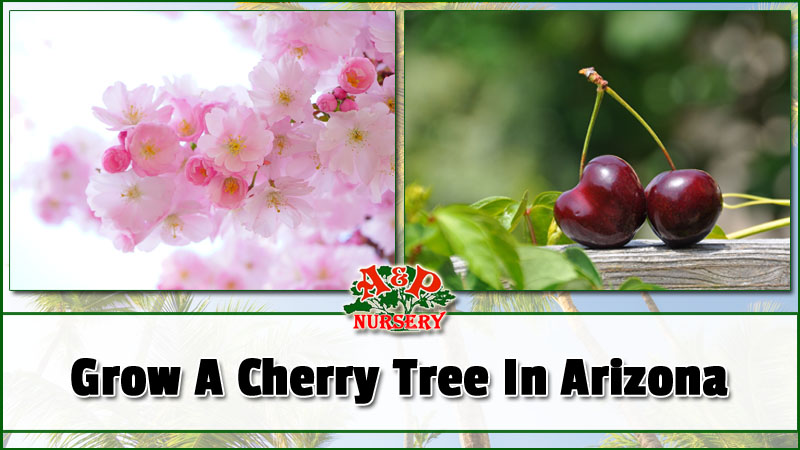
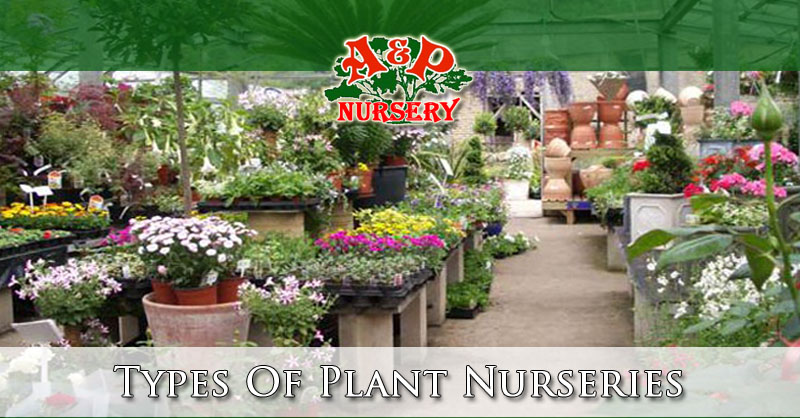
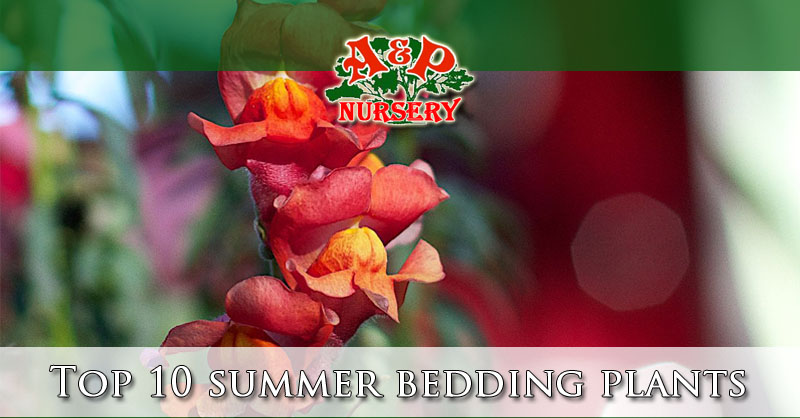
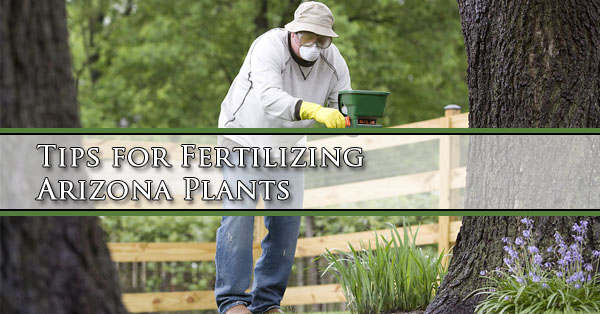
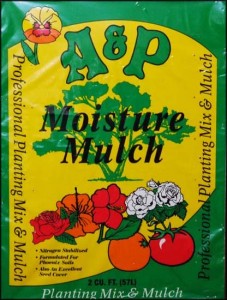 A&P Moisture Mulch
A&P Moisture Mulch Bedding Plant Food
Bedding Plant Food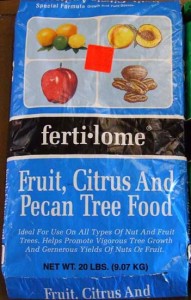 Fruit, Citrus and Pecan Tree Food
Fruit, Citrus and Pecan Tree Food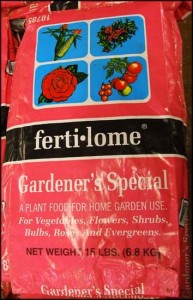 Gardener’s Special
Gardener’s Special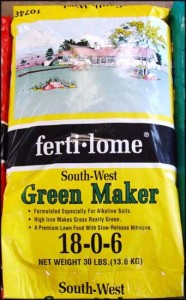 Green Maker
Green Maker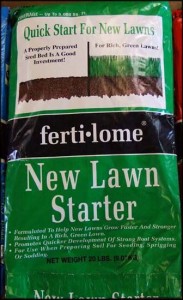 New Lawn Starter
New Lawn Starter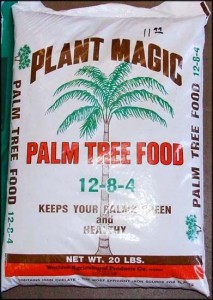 Palm Tree Food
Palm Tree Food Root Stimulator
Root Stimulator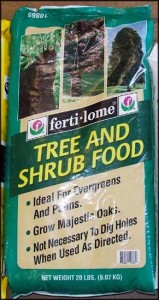 Tree & Shrub Food
Tree & Shrub Food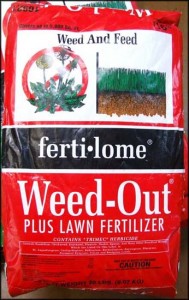 Weed-Out Lawn Fertilizer
Weed-Out Lawn Fertilizer

